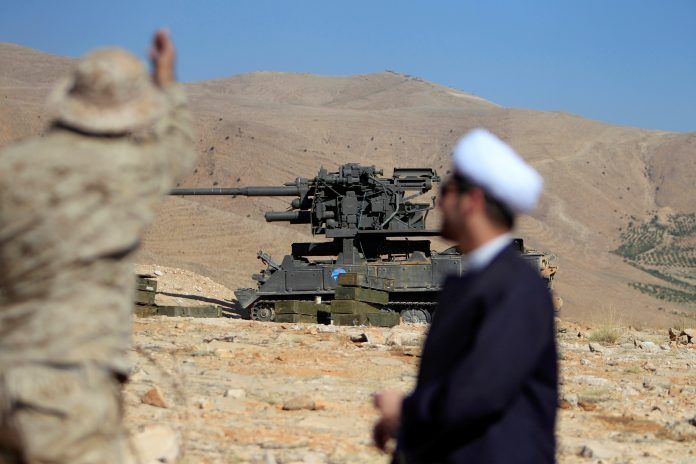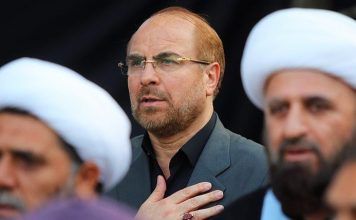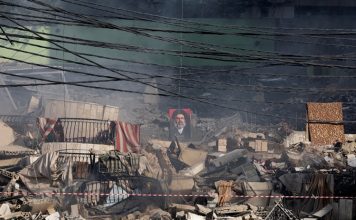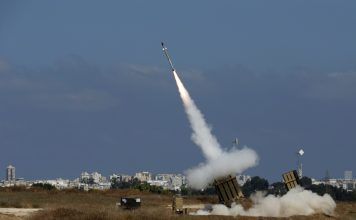June 20 (Reuters) – Lebanon’s Hezbollah has drawn on an expanded arsenal in ongoing hostilities with Israel, with leader Sayyed Hassan Nasdallah saying in a speech on Wednesday the Iran-backed group had obtained new weapons.
He did not identify the new weapons, but said they would “emerge in the field”.
Hezbollah’s latest conflict with Israel, which has raged in parallel with the Gaza war, has raised concerns of further escalation between the regional enemies, which last fought a major war in 2006.
Here is a snapshot of Hezbollah’s arsenal:
AN OVERVIEW
Hezbollah’s military strength is underpinned by upwards of 150,000 missiles and rockets of various types and ranges, according to the World Factbook of the U.S. Central Intelligence Agency.
Hezbollah says it has rockets that can hit all areas of Israel. Many of them are unguided, but it also has precision missiles, drones and anti-tank, anti-aircraft and anti-ship missiles.
Hezbollah’s main supporter and weapons supplier is Iran. Analysts say Tehran sends arms to the group by land via Iraq and Syria, both Middle Eastern countries where Iran has close ties and influence. Many of the Shi’ite Muslim group’s weapons are Iranian, Russian or Chinese models.
Nasrallah said in 2021 the group has 100,000 fighters. The CIA World Factbook says it was estimated in 2022 to have up to 45,000 fighters, split between roughly 20,000 full-time and 25,000 reserve personnel.
ANTI-TANK MISSILES
Hezbollah used guided anti-tank missiles extensively in the 2006 war. It has deployed guided rockets again in the latest hostilities. These include the Russian-made Kornet.
Hezbollah has also used an Iranian-made guided missile known as “al-Mas”, according to a report by the pro-Iran Arabic broadcaster al-Mayadeen.
A report by Israel’s Alma Research and Education Center published in April described the al-Mas as an anti-tank weapon that can hit targets beyond the line of sight following an arched trajectory, enabling it to strike from above.
The missile is part of a family of weapons made by Iran through reverse engineering based on the Israeli Spike missile family, the report said. It said the missile was a “flagship product” of Iran’s defence industry in Hezbollah’s possession.
ANTI-AIRCRAFT MISSILES
Hezbollah said on June 6 it had fired at an Israeli warplane. A source familiar with its arsenal said it was the first time the group had done so, calling it a milestone, while declining to identify the weapon used.
Hezbollah has also shot down Israeli drones during this conflict using surface-to-air missiles.
The first such incident was on Oct. 29 when Hezbollah for the first time said it had used anti-aircraft weaponry it had long been thought to have.
Hezbollah has used such missiles several times since, downing Israeli Hermes 450 and Hermes 900 drones.
DRONES
Hezbollah has repeatedly launched explosive one-way drones, including in some of its more complicated attacks. It launched some to distract Israeli air defences, while explosives-laden drones were flown at targets.
More recently, the group has announced attacks that use drones that drop bombs and return to Lebanon, rather than just flying at their targets.
Hezbollah’s drones include what it says are the locally-assembled Ayoub and Mersad models, which analysts say are cheap and relatively easy to produce.
LAND-ATTACK ROCKETS AND MISSILES
Unguided rockets comprised the bulk of Hezbollah’s missile arsenal in the last war with Israel in 2006, when the group fired about 4,000 of them into Israel – mostly Russian-made Katyusha-style missiles with a range of up to 30 km (19 miles).
Nasrallah has said the biggest change in Hezbollah’s arsenal since 2006 is the expansion of its precision guidance systems.
In 2022, he said Hezbollah had the ability within Lebanon to retrofit thousands of rockets with guidance systems to make them precision missiles.
Hezbollah has Iranian models, such as Raad (Arabic for Thunder), Fajr (Dawn) and Zilzal (Earthquake) rockets, which have a more powerful payload and longer range than Katyushas.
Rockets fired by Hezbollah at Israel during the Gaza conflict since October have included Katyushas and Burkan (volcano) missiles with an explosive payload of 300-500 kg.
Its Iranian-made Falaq 2 rockets it used for the first time on June 8, could carry a bigger warhead than the Falaq 1 used in the past.
Hinting at the damage it could do, Nasrallah in 2016 made a veiled threat that Hezbollah could hit ammonia storage tanks in the northern Israeli port city of Haifa, saying the result would be “like a nuclear bomb”.
ANTI-SHIP MISSILES
Hezbollah first proved it had anti-ship missiles in 2006, when it hit an Israeli warship 16 km (10 miles) off the coast, killing four Israeli personnel and damaging the vessel.
Since the 2006 war, Hezbollah has acquired the Russian-made Yakhont anti-ship missile with a range of 300 km (186 miles), sources familiar with its arsenal say. Hezbollah has not confirmed it has the weapon.
Hezbollah has also broadcast videos that it says show more of the same type of anti-ship missile used in 2006.
(Reporting by Maya Gebeily, Timour Azhari and Tom PerryEditing by Edmund Blair, Mark Heinrich, Peter Graff and Barbara Lewis)














